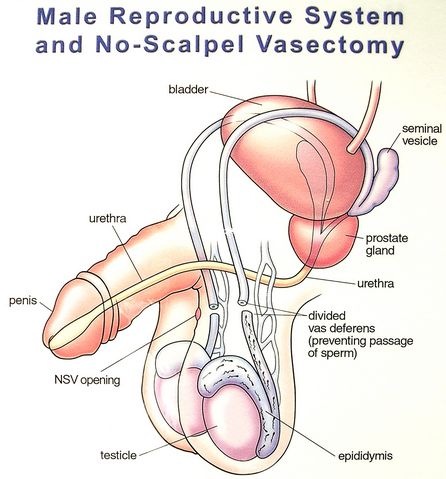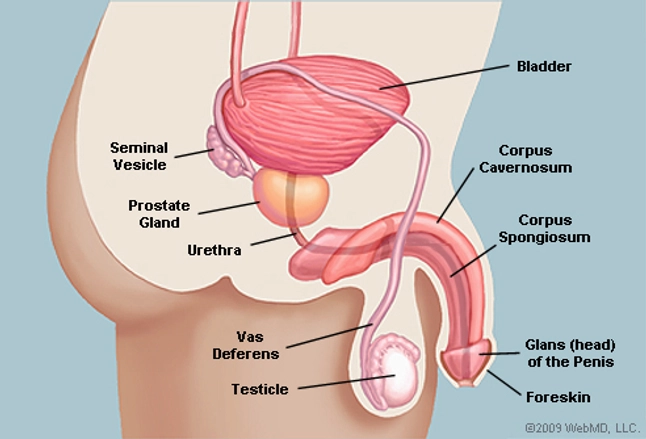

The Human Endocrine System – Explore the anatomy of endocrine glands and their importance throughout the human body using our diagrams and descriptions.
Biological sex, shown on the top scale, includes external genitalia, internal reproductive structures, chromosomes, hormone levels, and secondary sex characteristics such as breasts, facial and body hair, and fat distribution.
The intact penis’ foreskin retracts to the position in image 1 (below) automatically during an erection, revealing the internal, moist and supple glans.



Exactly what you need to know but don’t want to ask about in mans and teens, and the changes you can expect to your body.
Understanding diseases related to the male sexual organs based on the science of German New Medicine (GNM).
Reproductive and sexual anatomy includes your genitals and reproductive organs. Everyone’s reproductive and sexual anatomy looks a little different.
A male organism is the physiological sex that produces sperm.Each spermaton can fuse with a larger female gamete, or ovum, in the process of fertilization.A male cannot reproduce sexually without access to at least one ovum from a female, but some organisms can reproduce both sexually and asexually.
Humans are sexual, meaning that both a male and a female are needed to reproduce. Each is equipped with specific organs capable of producing specific cells needed to procreate. In conjunction with a woman’s reproductive organs, sexual intercourse can lead to the reproduction of human life. While



The male reproductive system includes the scrotum, testes, spermatic ducts, sex glands, and penis. These organs work together to produce sperm, the male gamete, and the other components of semen.
The penis is the main part of external male genitalia, which has both sexual and bodily functions. It is able to ejaculate semen (containing sperm) during sex …

